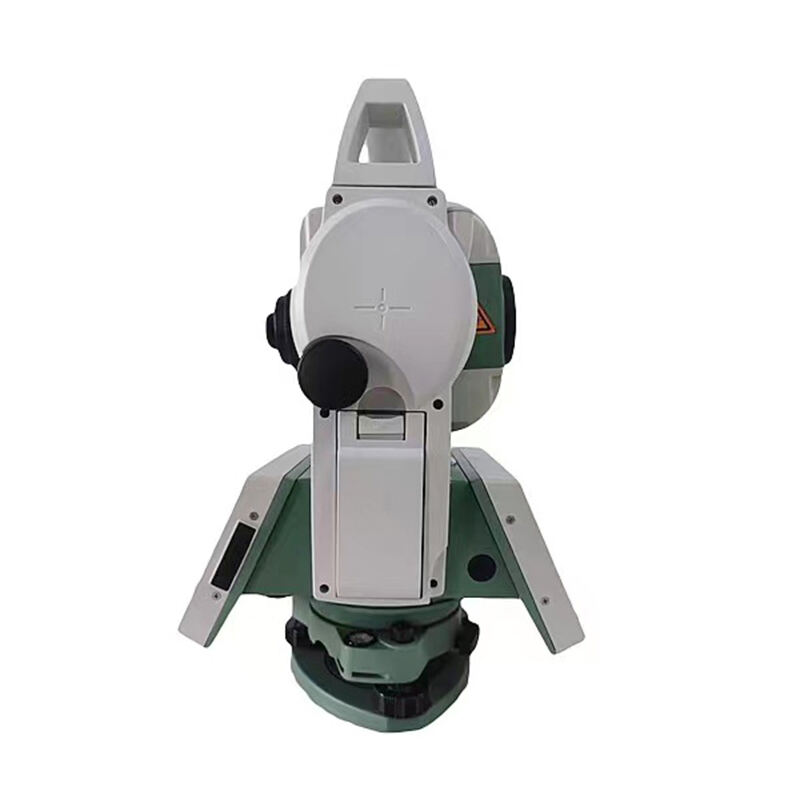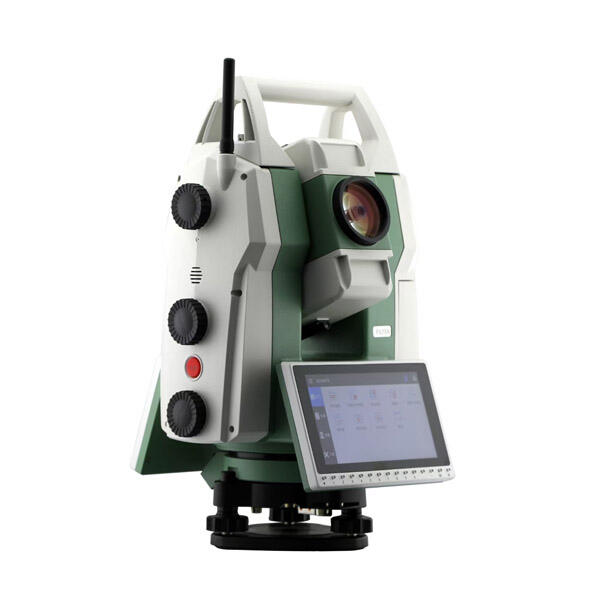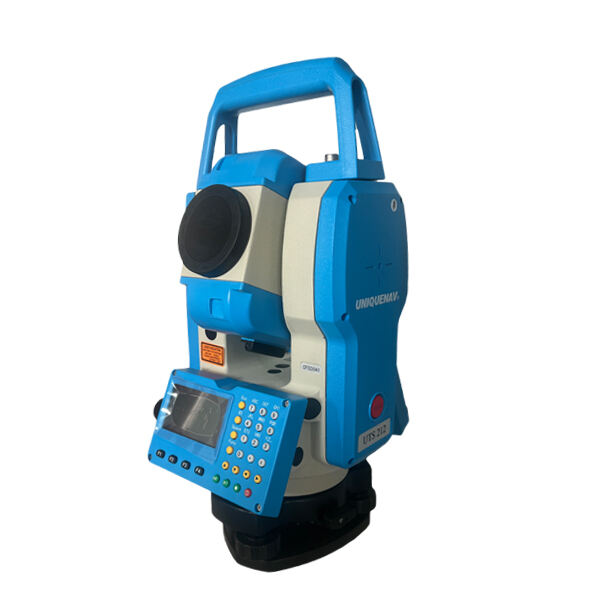total station machine price
The total station machine price represents a significant investment consideration in surveying equipment, typically ranging from $6,000 to $30,000 depending on the model and capabilities. These sophisticated instruments combine electronic distance measurement with angular measurements to determine precise coordinates and elevations. Modern total stations feature advanced technology including reflectorless measurement capabilities, integrated cameras, and wireless connectivity. They excel in applications such as construction layout, topographic surveying, and building monitoring. The price variation reflects differences in accuracy levels, ranging from 1 to 5 arc seconds for angular measurements and 2mm + 2ppm for distance measurements. Higher-end models often include features like automatic target recognition, dual-axis compensation, and advanced data processing capabilities. The investment consideration must account for additional accessories, such as tripods, prisms, and data collectors, which can add $1,000 to $3,000 to the total cost. Manufacturers offer various warranty and service packages, affecting the final price point. The total station's durability, precision, and versatility make it an essential tool for surveying professionals, justifying the investment through improved efficiency and accuracy in field operations.


